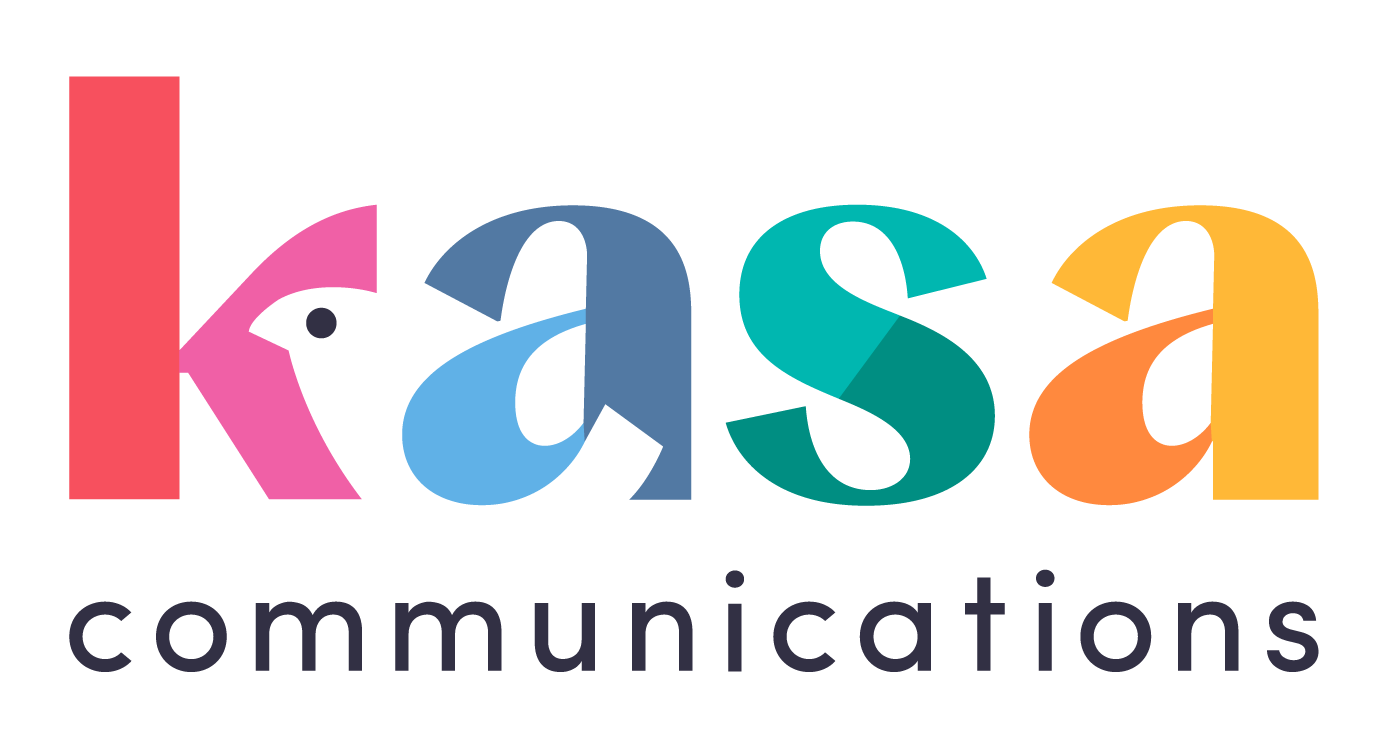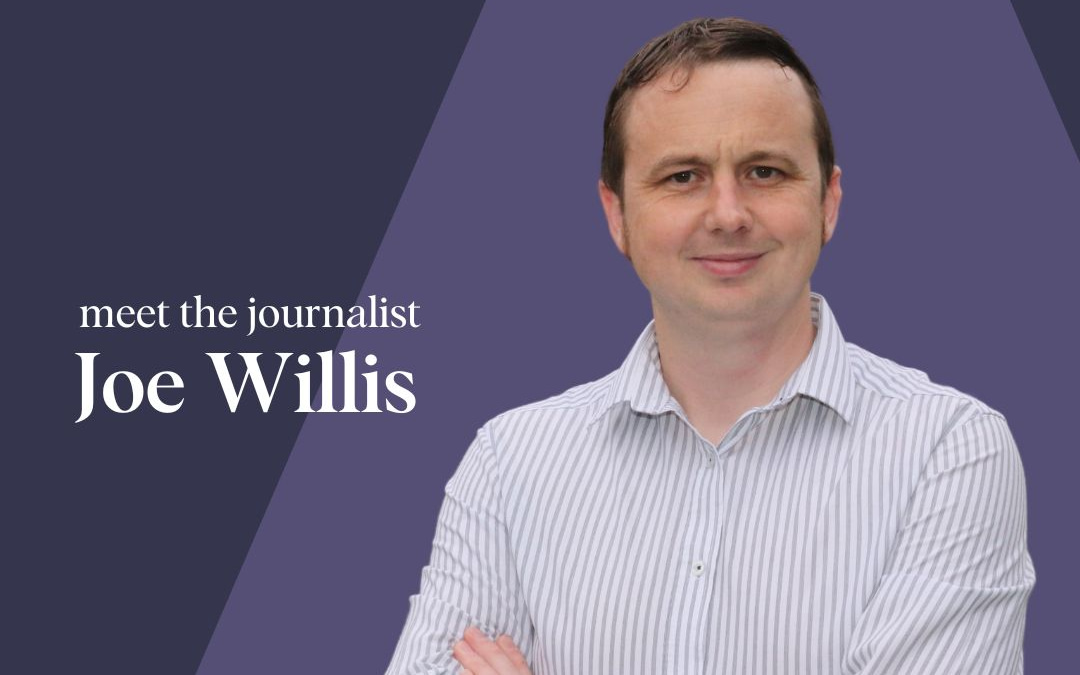Joe Willis is the founder and editor of our own local newspaper, Richmondshire Today and Hambleton Today. He loves reporting on local stories which affect the local communities, and recalls, among other things, his favourite day spend out on the Dales, looking for a black panther supposedly spotted by a reader.
When did you first realise you wanted to become a journalist?
I was at school and I did work experience with newspapers and with a publishing company. I then forgot about it for four or five years and did other things – went travelling, worked in sales and at a call centre. I was looking for a career and I’d always liked writing and talking to people, so it seemed like a good fit.
How did you enter the profession (education/training etc)?
I did a post-grad intensive six-month course in newspaper journalism at Darlington College. It was hard work, far harder than being at university!

What was your first job in journalism?
I worked for the Northamptonshire Evening Telegraph in Kettering and Corby. I was a trainee journalist for about 18 months. It was an old-fashioned evening paper, which is really good training because you have a 9am deadline and you’ve got to put together stories very quickly.
It’s a really good way of sharpening your skills because you’ve got limited space, limited time, few facts and you’ve got to pull the story together. When the presses are waiting to go for your story it can get pretty intense.
What was the first story you wrote?
During my postgraduate course, I did work experience at the Darlington & Stockton Times, the sister paper of The Northern Echo. I wrote this fantastic story about cows bought in Holland that ended up in The Dales and they couldn’t walk down hills. They could walk up the hills fine, but couldn’t walk down because Holland is so flat and they weren’t used to it. It was a fantastic story and I was very proud of it. It’s kind of been a thing in my career to be honest. I’ve always managed to dig up daft Dales’ stories.
What media titles have you worked for during your career?
The Northamptonshire Evening Telegraph, the Darlington & Stockton Times, which is part of The Northern Echo. I spent eight or nine years there, was at the Richmond office for several years, then was promoted and ended up in Darlington. I was social media editor when I left The Northern Echo about seven years ago.
I realised there was a huge gap in the market, an opportunity to do what I did at The Echo but on a smaller scale and work for myself, be home based and cover a smaller patch.
It followed a big decline in the industry. There’s been a huge shift in recent years where newspapers have lost huge amounts of their income to the internet. For the last five years I was at The Echo it was just cuts, cuts, cuts. I still enjoyed reporting so I set up myself.
I set up Richmondshire Today and my salary is funded by banner ads on the website. We also have Google ads on there and we also publish a monthly community magazine, which helps support the website. It contains features, news and competitions; half advertising and half editorial. I enjoy being home based – it gives me a lot of freedom.

What is your favourite story to have worked on?
I’ve got a few. My favourite day I spent looking for a black panther in The Dales. This was while I was at The Echo. Somebody had spotted a panther up near Hawes supposedly, so the news editor said go look for it. So off I went. He knew I wasn’t going to find it, I knew I wasn’t going to find it, but I had a lovely day driving round.
I’ve done a lot of serious stories too – murders and robberies. I enjoy hard news as well as the lighter stuff. I’ve covered a lot of serious court cases and I still do on Richmondshire Today. It’s important we try to cover the bigger local cases because nobody else really bothers. A lot of our cases go to York, which the local papers don’t really cover.
What’s the most difficult story you’ve worked on?
I covered the Jenny Nicholl murder story when I was at The Echo. That was a horrific story. Her body has never been found.
Who’s the most famous person you’ve interviewed?
I’ve interviewed David Cameron, I’ve covered The Queen, I’ve covered Prince Charles, Ed Balls when he was Labour leader. I’ve had tea with Rishi Sunak several times.
Describe your working day.
I start work at half-seven, look for any stories overnight. I spend the first two hours posting stories on our websites and updating stories. Then the rest of the day is usually a mixture of keeping an eye on the news and doing things for the magazine – dealing with advertisers, chasing artwork, following up news, looking for news, and replying to emails.
I hand deliver some of our magazines every month and drop them off in various places in The Dales. That’s a nice way to spend the day, driving through The Dales, dropping off magazines.

With deadlines and the fast-paced environment of journalism, it must be quite a pressurised and stressful job. How do you relax in you spare time?
I do a restaurant review for the magazine so we try and eat out once in a while and I pick a different place every time.
We have two young kids and they do a lot of sport so we spend a lot of time watching football, hockey and rugby, that’s how our weekends and evenings are filled. I’m a football coach for kids as well.
We also like to get away at the weekends if we can.
How do you prefer to be contacted by people (email, telephone etc)?
I don’t mind. I get people Facebooking me personally, Facebooking the pages, What’sApping me, phoning me, texting me – I don’t mind. Email is probably the best way.
What day/time is best to contact you?
As and when. If it’s a decent story it will find its way in whatever time you send it.
How can people submitting news stories best grab your attention with their press releases?
I’ve given training in press release writing in the past and what I would say is don’t overcomplicate it. Don’t use lots of adjectives, any flowery language I will take out – we’ve got to try and cut out the flannel.
Include details, quotes and a contact for more information if needed. Don’t overdo it, don’t bother sending it as an attachment – that’s my pet hate when people send it as a pdf. Put the information in the body of the email.
If you’re sending a press release, make sure you have a news hook – a new product, a success, an expansion, something to give it a little bit of oomph, a news angle; that way you’ll avoid it being spiked.
How important for people to supply photographs/images with their press releases?
It’s really important, the press release must have an image.
Every press release needs to have a photo and it should be landscape, for the website and Facebook. Send jpeg photos, but not too huge. Don’t send us 10mb photos as they won’t get through the system. Send 2-3mb maximum, and they should be high res.
What advice can you give on the type of photographs/images to supply?
Make sure the photos have people in them and you have named the people – first and second names, and job titles. Remember to give contact information also.
If it’s a local business having some success, launching a new product, we’ll consider it. We get people launching new products quite often, but the photo needs to show a person holding the product. If it’s just a product shot it looks a bit like advertising. You’re far better to have a person in the photo.
Joe can be contacted at: joe@richmondshiretoday.co.uk

